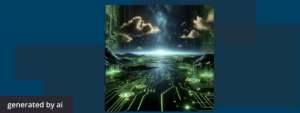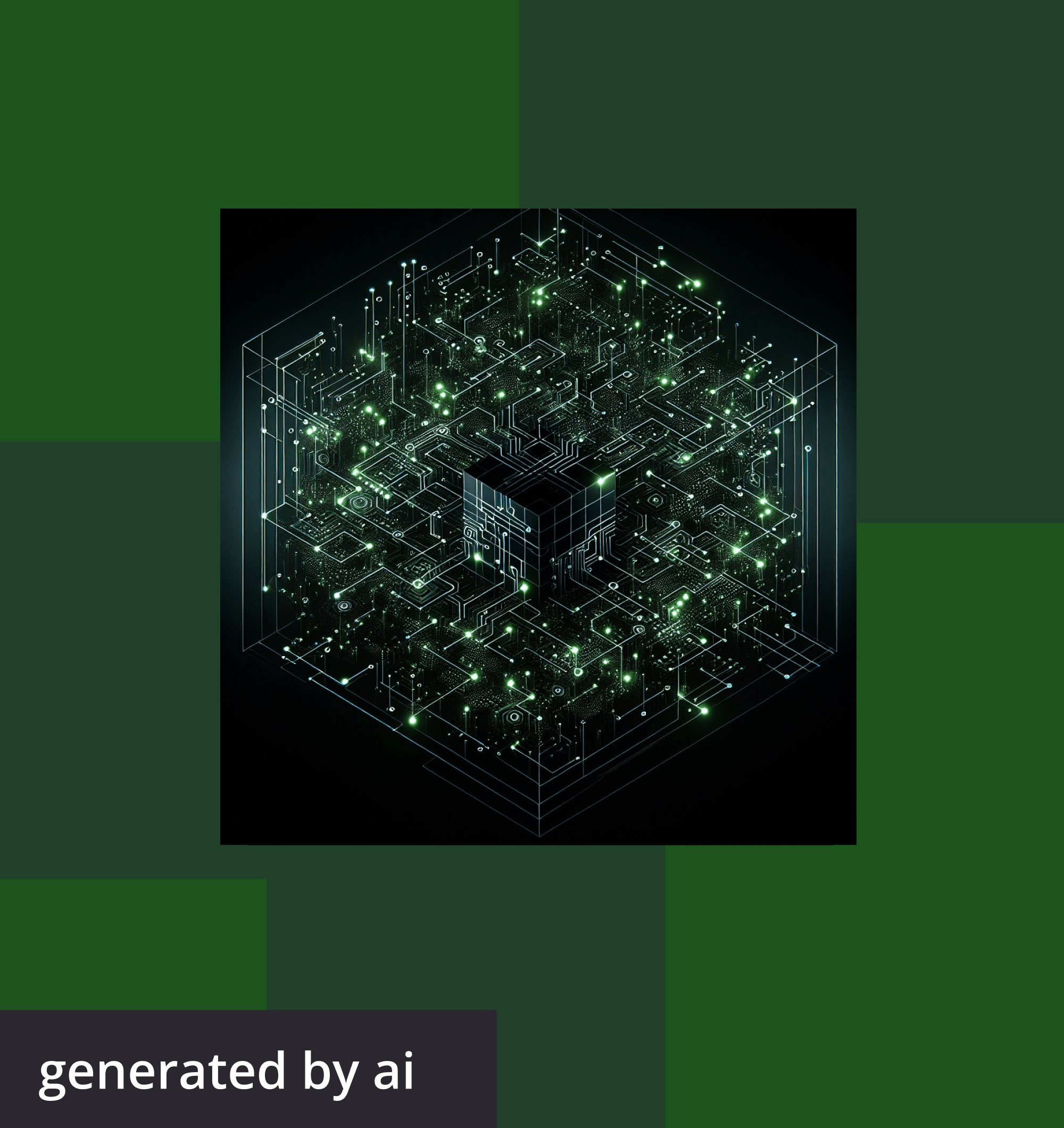
Online coding assessments are the strongest tool hiring teams have to assess the soft and technical skills of a candidate.
However, online coding tests are only effective if they are held to a high standard of integrity. When left unchecked, threats like cheating, content leaks, and impersonation can undermine the fairness and validity of these tests.
At HackerRank, we understand the importance of maintaining a level playing field for all candidates, and we have implemented a robust set of measures to address these challenges and uphold assessment integrity.
Detecting Suspicious Spatial Environments
One of the primary concerns in online assessments is the use of physical surroundings to gain an unfair advantage. Candidates could attempt to cheat by seeking help from nearby individuals. Some might also resort to using unauthorized external devices such as webcams or additional monitors. To counter these threats, HackerRank employs a number of advanced proctoring techniques.
Multiple Monitor Detection
This feature detects if an external monitor is connected to the device on which the candidate is taking the assessment. By identifying potential sources of unauthorized information, we can ensure that candidates are focused solely on the task at hand and don’t receive external assistance.
Image Proctoring
During an assessment, HackerRank’s image proctoring feature records images of the candidate’s environment and displays them on the candidate’s report for review. This allows hiring teams to identify any suspicious activities, unauthorized materials, or additional individuals in the candidate’s surroundings.
Image Analysis
Complementing image proctoring, our advanced image analysis algorithms analyze the candidate’s environment and detect potential irregularities, such as multiple faces appearing on camera. This technology helps identify potential instances of impersonation or unauthorized assistance from nearby individuals.
Mitigating Impersonation Risks
Impersonation, where someone else takes the test for the candidate, can challenge the integrity of the assessment process. To address this risk, HackerRank employs identity verification measures to ensure the candidate is the only person taking the test.
Photo Identification
Before starting an assessment, HackerRank’s system captures a photo of the candidate. This image serves as a reference for verifying the candidate’s identity throughout the assessment process.
Image Proctoring & Analysis
In addition to capturing the candidate’s photo, our image proctoring feature captures the candidate’s image in 60 seconds intervals throughout the assessment. These images are then analyzed using facial recognition techniques to detect potential instances of impersonation or external assistance.
Identifying Suspicious Coding Behavior
In addition to monitoring the candidate and the physical environment, HackerRank also employs techniques to detect suspicious coding behavior during assessments. Candidates may attempt to gain an unfair advantage by using unauthorized resources like browser extensions or AI agents, copying solutions directly from other websites, or collaborating with another person on the assessment.
Copy-Paste Tracking
Our copy-paste tracking feature detects if a candidate pastes copied code from an external source during the assessment. This ensures that candidates are not relying on pre-written solutions obtained from unauthorized sources.
Tab-Switch Proctoring
By monitoring tab switches during an assessment, HackerRank can identify if a candidate is accessing unauthorized resources or seeking external assistance. This feature helps maintain a controlled testing environment.
AI-Powered Plagiarism Detection
To identify instances of plagiarism, HackerRank uses an advanced detection system that feeds proctoring signals and user-generated data into a supervised machine learning algorithm. Our plagiarism detection system can identify and flag suspicious behavior during an assessment, such as the use of browser extensions, AI agents, or external assistance.
This ML-based approach is three times more accurate at detecting plagiarism than traditional code similarity approaches and dramatically reduces the number of false positive plagiarism flags.
Preventing Test Content Leaks
Test content leaks pose a significant threat to the validity of assessments, as candidates may gain access to leaked solutions or question structures from online forums or developer communities. This provides an unfair advantage to test takers who have access to this information. To combat this issue, we use the following techniques:
Shuffled Sections & Questions
By presenting test sections and questions in a randomized order to each candidate, we mitigate the risk of content sharing and ensure that no candidates benefit from leaked information or online solutions tailored to specific question types or structures.
Watermarking
HackerRank’s watermarking feature adds the logged-in user’s email ID as a watermark to certain types of questions. This acts as a deterrent against candidates taking pictures and sharing question content, as the watermark can be used to trace the source of any leaked material.
Hiding Question Labels
To further prevent content sharing and online searches, HackerRank hides the titles of questions from candidates during assessments. This makes it more difficult for candidates to search for questions by using keywords, limiting the potential impact of leaked content.
AI-Solvable Content Label
Our library questions are labeled according to their potential solvability by AI assistants. Armed with this information, hiring teams can filter out questions that may be susceptible to AI-generated solutions. This ensures a more reliable assessment of a candidate’s skills and knowledge while mitigating the risk of content leaks facilitated by AI tools.
Key Takeaways
At HackerRank, we’re committed to maintaining the highest standards of assessment integrity. By combining advanced technologies with robust proctoring measures we’re able to identify and contain a range of potential threats to assessment integrity.
Upholding this high standard is an ongoing process, and HackerRank is committed to staying ahead of emerging risks by using the latest advancements in AI, machine learning, and proctoring technologies. By partnering with HackerRank, companies can confidently assess candidates’ skills and abilities, knowing that our rigorous integrity measures safeguard the validity and reliability of the assessment process.
Frequently Asked Questions
Can Your Plagiarism Detection System Detect Code From ChatGPT?
Yes. Our AI-enabled plagiarism detection system feeds several proctoring and user-generated signals into an advanced machine-learning algorithm to flag suspicious behavior during an assessment. By understanding code iterations made by the candidate, the model can detect if they copied and pasted code from an external source. However, it isn’t possible to identify what source the candidate used to obtain or create the code.
Does Your Plagiarism Detection System Automatically Fail Candidates?
No. Our detection system identifies potential cases of plagiarism and empowers hiring teams to decide if it’s an actual case of plagiarism.
I Still Have Questions About Plagiarism. Who Should I Contact?
If you’re a customer looking for support on plagiarism and its impact on your business, you can contact your customer success manager or our team at support@hackerrank.com.

